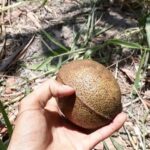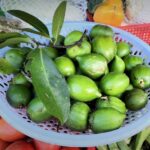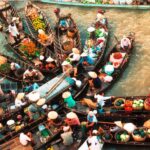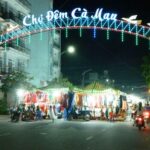An Giang and Kien Giang both possess significant tourism potential, each boasting unique characteristics. The news of the merger of these two localities has sparked excitement among travelers. The new province will undoubtedly become an “impressive tourism hub,” offering a diverse range of attractions, from the majestic Mount Cam—proudly known as the “Roof of the Mekong Delta”—to the breathtaking beauty of Phu Quoc Island, ranked as the second most beautiful island in the world.
**’The Roof of the Mekong Delta’**
An Giang is home to numerous mountains, both large and small, that rise majestically from the vast, expansive plains. Among them, Mount Cam stands tall as the highest peak in the Mekong Delta region.
Located in An Hao commune, Tinh Bien district, Mount Cam, also known as Thien Cam Son, is the tallest mountain in the That Son range. This mountain range is a distinct and unique geographical feature, not only of An Giang but also of the entire Mekong Delta region.
Mount Cam is renowned for its historical and religious sites, as well as its diverse and rich ecological system and captivating natural landscapes. From June to September each year, Mount Cam attracts a large number of visitors eager to explore its relics, experience cloud hunting, and bathe in the Thanh Long waterfall.
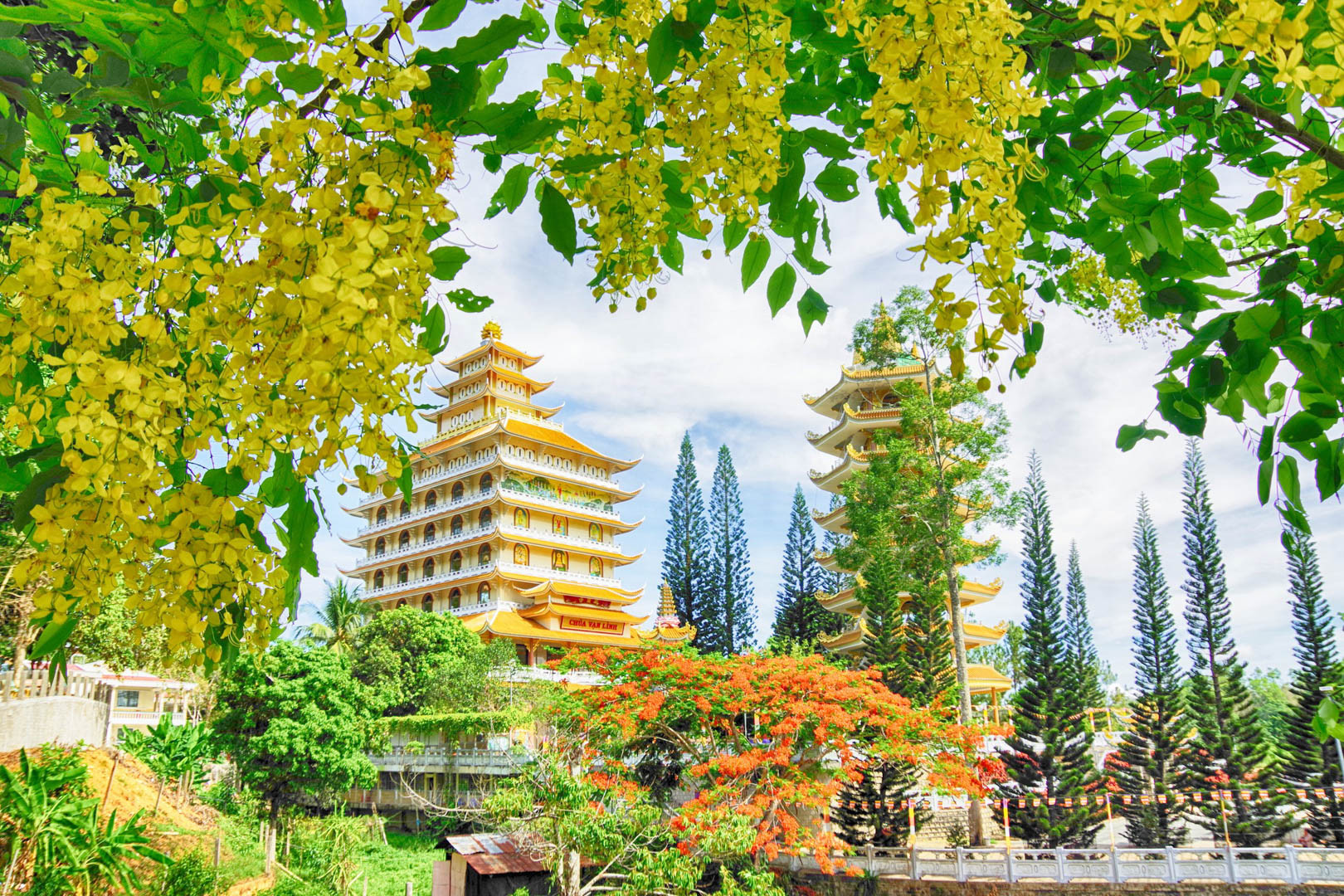
Viet Anh Duong captures the allure of Van Linh Pagoda, a popular destination for many visitors to Mount Cam.
**The Second Most Beautiful Island in the World**
In late 2024, Phu Quoc Island was voted the second most beautiful island in the world by readers of Travel+Leisure magazine, only surpassed by the Maldives, in the World’s Best Awards.
In recent years, Phu Quoc has consistently topped renowned global rankings and received accolades from international media as a rising star in the tourism industry. In 2024, the island welcomed over 960,000 international visitors, a remarkable increase of 73% compared to the previous year, surpassing the annual plan by more than 44%.
Phu Quoc’s maritime area encompasses 22 large and small islands, spanning a total area of approximately 589.23 square kilometers. Among them, the largest island, also named Phu Quoc, is divided into the northern and southern regions.
The northern part of the island is renowned for its lush primeval forests, pristine beaches, and quaint fishing villages. Must-visit destinations include the Phu Quoc National Park, Rach Vem fishing village, and Ganh Dau cape. In contrast, the southern part of the island captivates visitors with its famous Sao beach, Truong beach, Dinh Ba and Dinh Cau, the Phu Quoc prison, and the vibrant night market.
Another enticing experience Phu Quoc offers is exploring the surrounding islands, such as Hon Thom, Mong Tay, Gam Ghi, and May Rut.
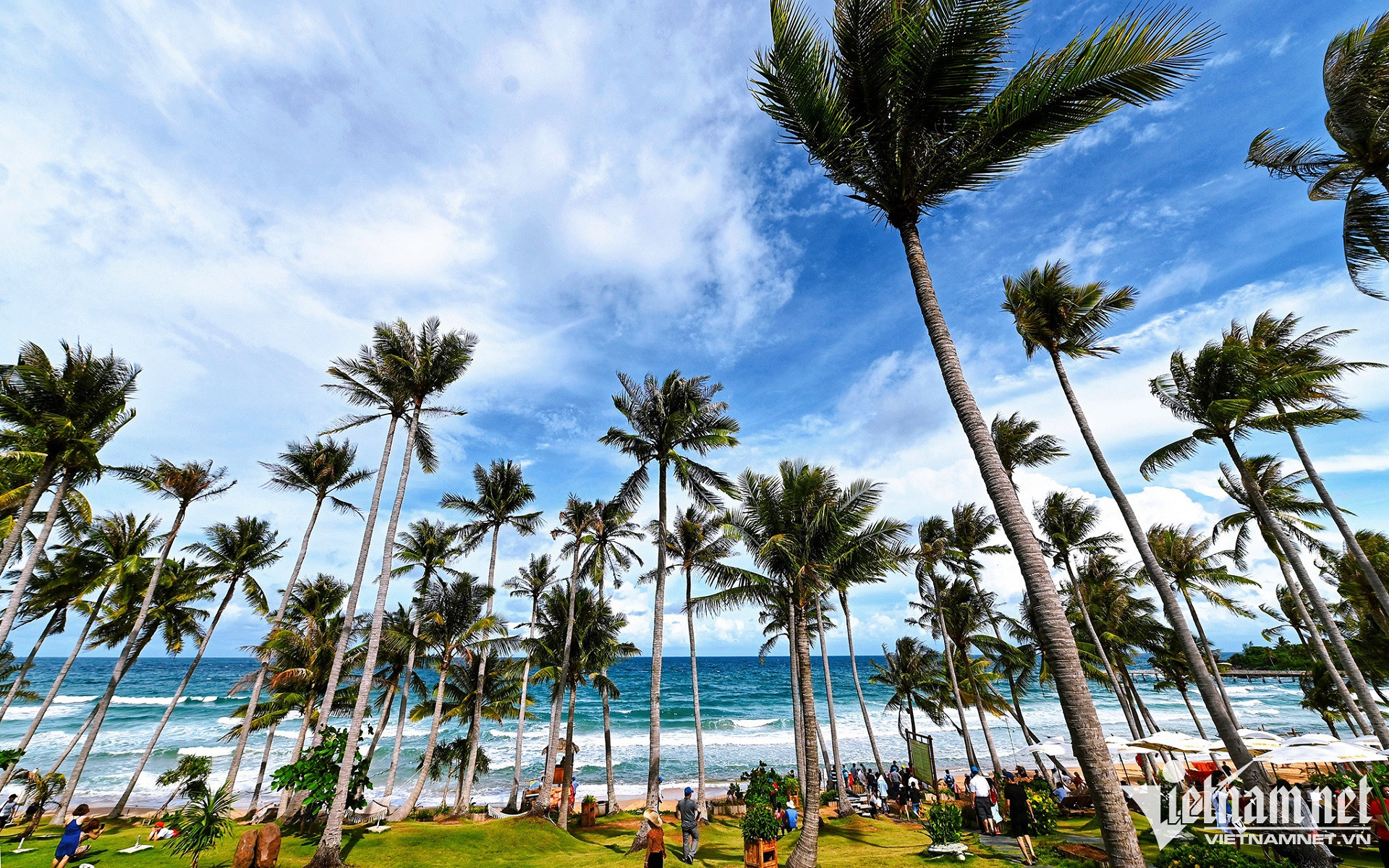
Phu Quoc’s allure captivates international travelers. Image credit: Minh Quan Vu.
**The New Province Offers a Diverse Range of Attractions, from Mountainous to Coastal Destinations**
Kien Giang boasts a diverse landscape encompassing plains, mountainous regions, and islands. In contrast, An Giang is characterized by its intricate network of canals and channels intertwined with lush green fields and fruit orchards. The merger of these two provinces will result in a new province offering a wide array of captivating and diverse tourist destinations.
Nam Du, comprising 21 large and small islands, is renowned for its pristine beauty, crystal clear waters, and white sandy beaches. Must-visit destinations to fully appreciate the island’s allure include Hon Nom, Cay Men Beach, and Bai Ngu.
Hai Bo Dap Island, part of the Nam Du archipelago, offers a unique and intriguing experience. One of the most popular activities among visitors is scuba diving, allowing them to witness the vibrant coral reefs that lie beneath the ocean’s surface.
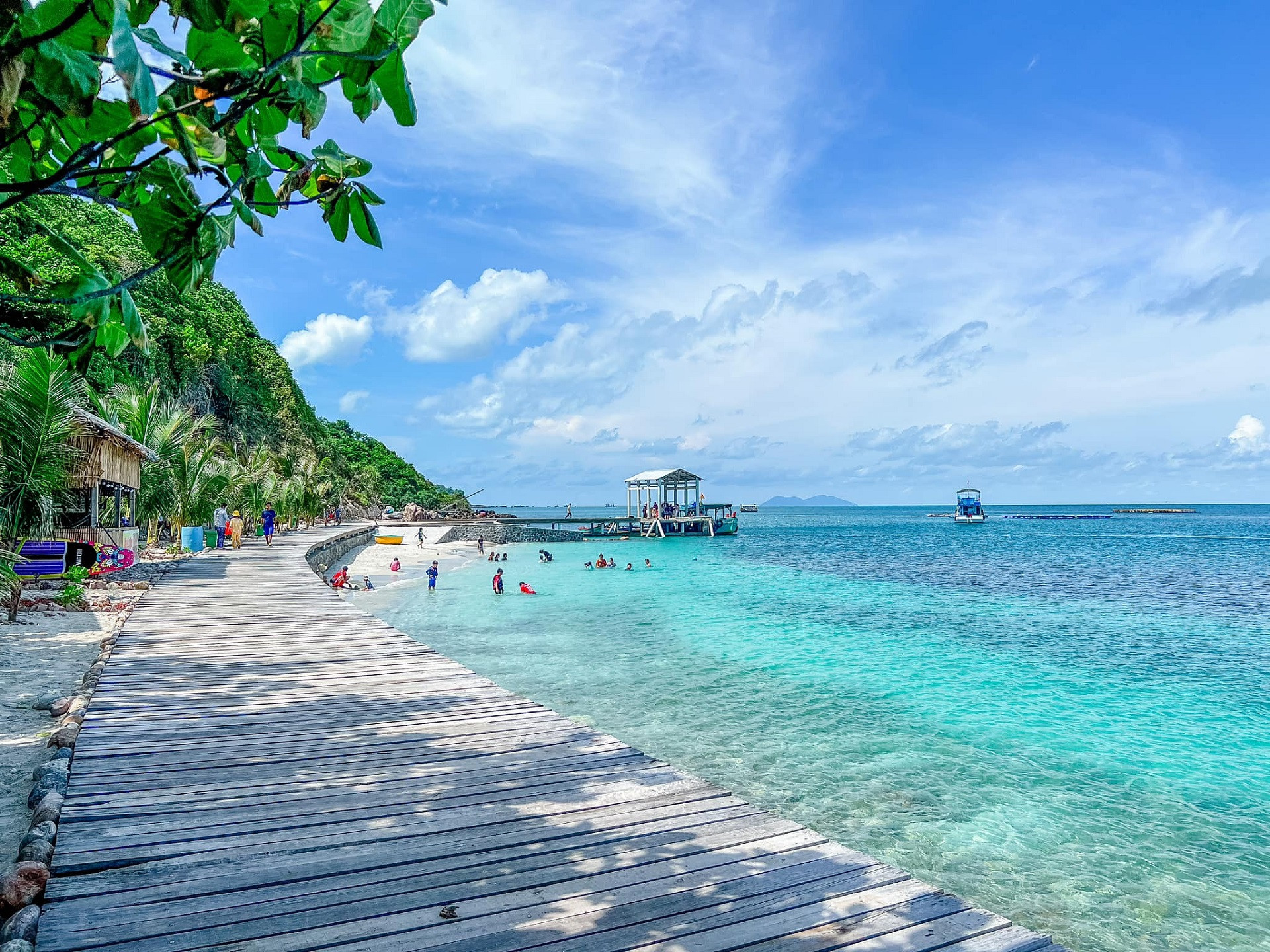
Hai Bo Dap Island captivates with its distinctive shape. Image credit: Kich Nam Du.
The Ha Tac archipelago, spanning an area of 251 hectares and comprising 18 islands, both submerged and emerged, is located in the Gulf of Thailand. Visitors can immerse themselves in the local fishermen’s lifestyle, try their hand at fishing, and indulge in the freshest seafood right on the beach.
The Tre River divides U Minh into two regions: Upper U Minh and Lower U Minh. While Lower U Minh falls under the province of Ca Mau, Upper U Minh is part of Kien Giang. This forest has been recognized as a unique and precious ecological site globally and was designated as a National Park in January 2002. Visitors can rent boats to navigate the intricate network of canals and channels, try their hand at fishing, and explore the ecological area.
Tram Forest in Tra Su, covering an area of 850 hectares in Van Giao commune, Tinh Bien district, is a typical ecological model of the Western Hau River region. The forest is at its most beautiful from September to November.
Visitors can opt for a leisurely ride on a three-leaf boat or a motorboat, gliding through the lush green tram forests and the dense carpet of western water hyacinth. As the three-leaf boat gently glides through the water, one can savor the soothing sound of the oars lapping against the water, accompanied by the melodious chirping of birds.
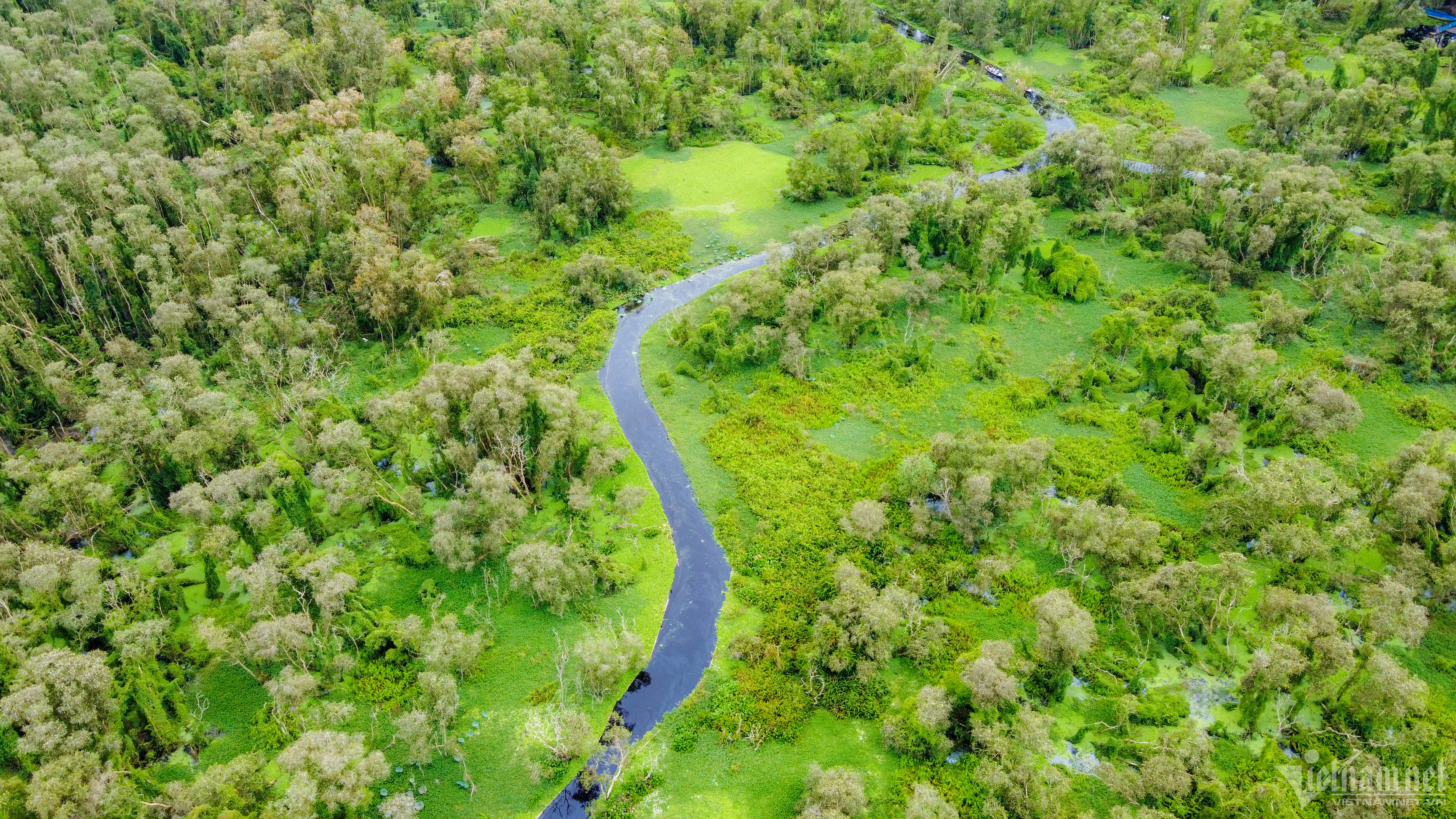
The breathtaking beauty of Tram Forest in Tra Su. Image credit: Linh Trang.
The Cham Village of Chau Phong, located in Chau Phong commune, Tan Chau town, An Giang, approximately 3 kilometers from the center of Chau Doc city, preserves the unique cultural features in the material and spiritual life of the Cham people, attracting curious visitors eager to learn more.
Sam Mountain, a renowned mountain in Chau Doc city, is home to nearly 200 temples, pagodas, shrines, and shrines, scattered from its base to its peak. Among them, the most famous and sacred site is the Ba Chua Xu Temple on Sam Mountain, recognized as a National Tourist Area in 2018.
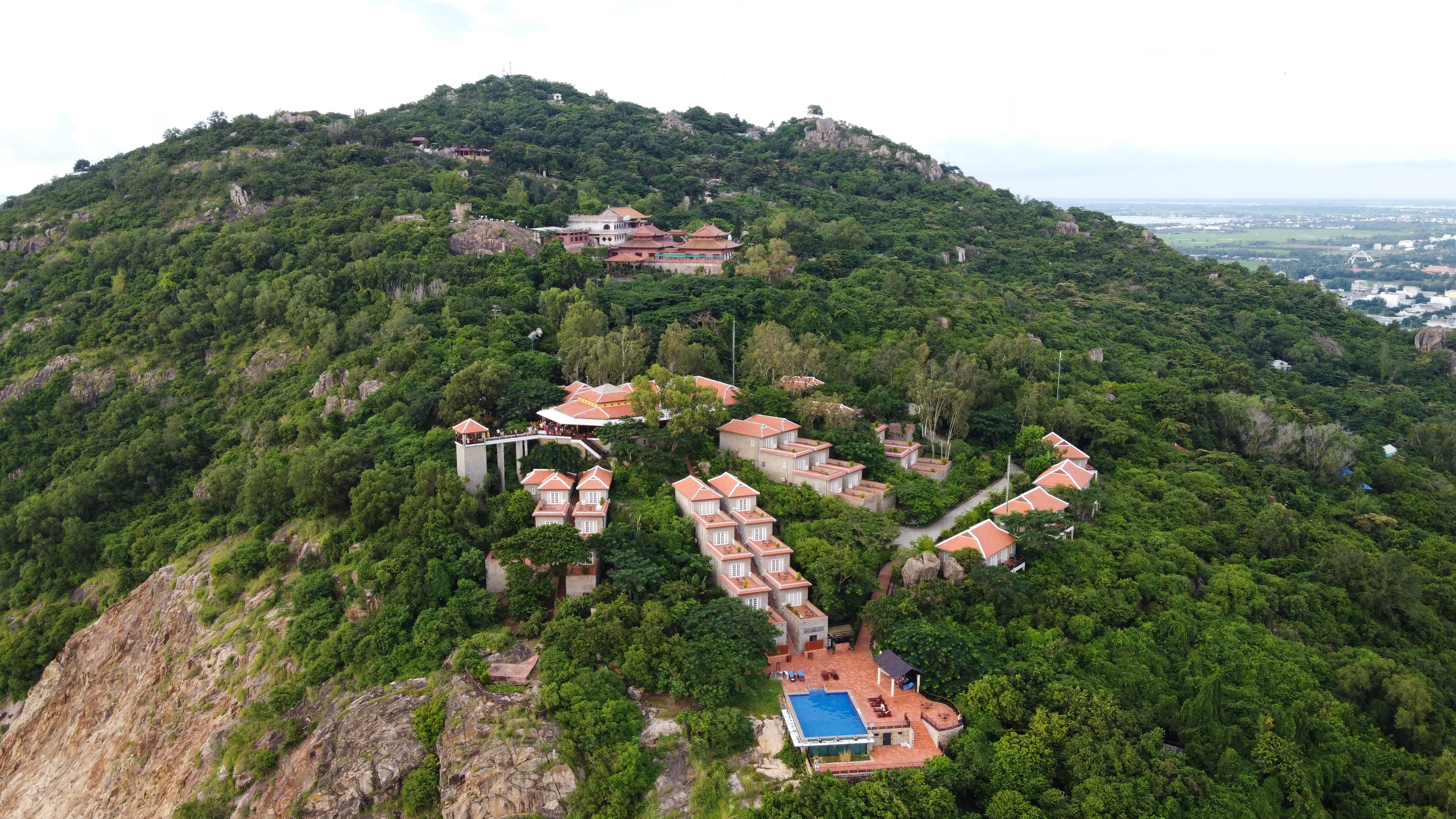
Sam Mountain, a prominent landmark in Chau Doc. Image credit: Linh Trang.
The Only Floating Market in An Giang: Once a Bustling Hub, Now Quiet Despite Tourist Influx
The Long Xuyen Floating Market is a vibrant and bustling hub located just 2km from the city center. It is a beloved icon of the region, steeped in the rich cultural heritage of the Mekong Delta. This lively market is a testament to the unique and vibrant spirit of Southern Vietnam, offering a glimpse into the traditional way of life along the majestic Mekong River.
The Ultimate Guide to Ca Mau’s Night Markets: A Shopper’s Paradise
The Ca Mau Night Market is a vibrant hub, offering a unique blend of commerce and culture. It serves as a bustling intersection where tradition meets modernity and land connects with waterways. This market is more than just a place for trading goods; it is a lively cultural space that captivates visitors with its enchanting blend of the familiar and the contemporary.

























